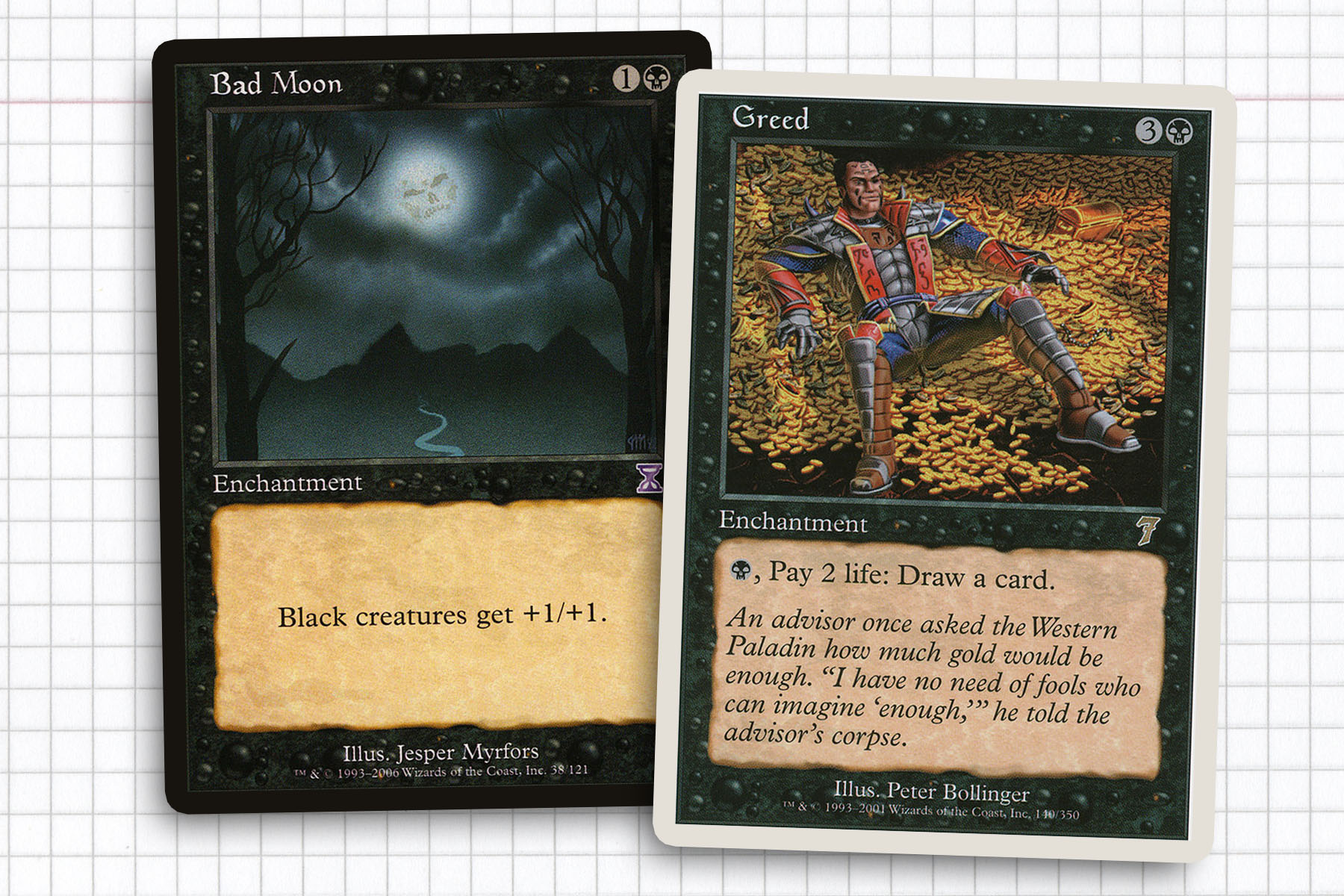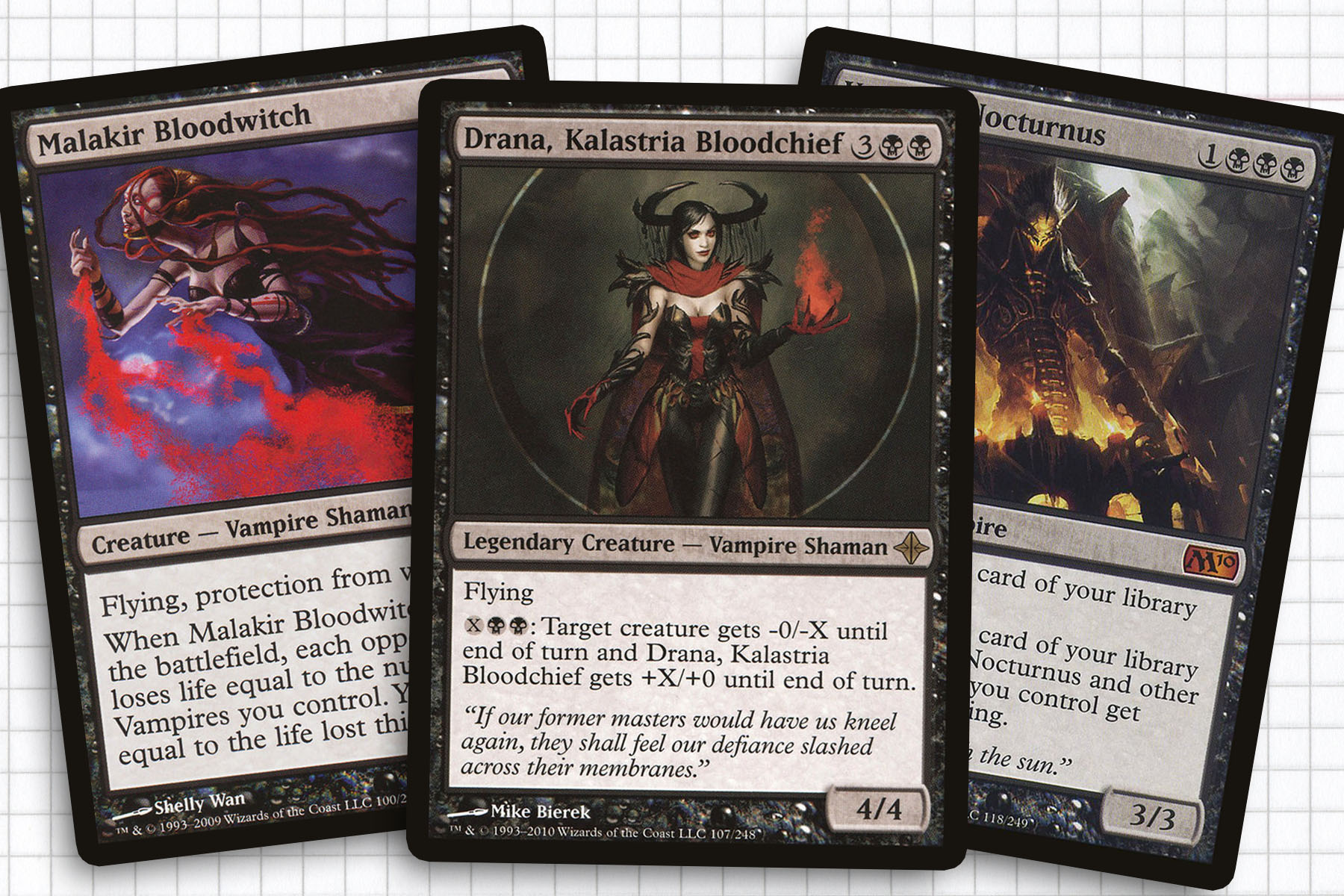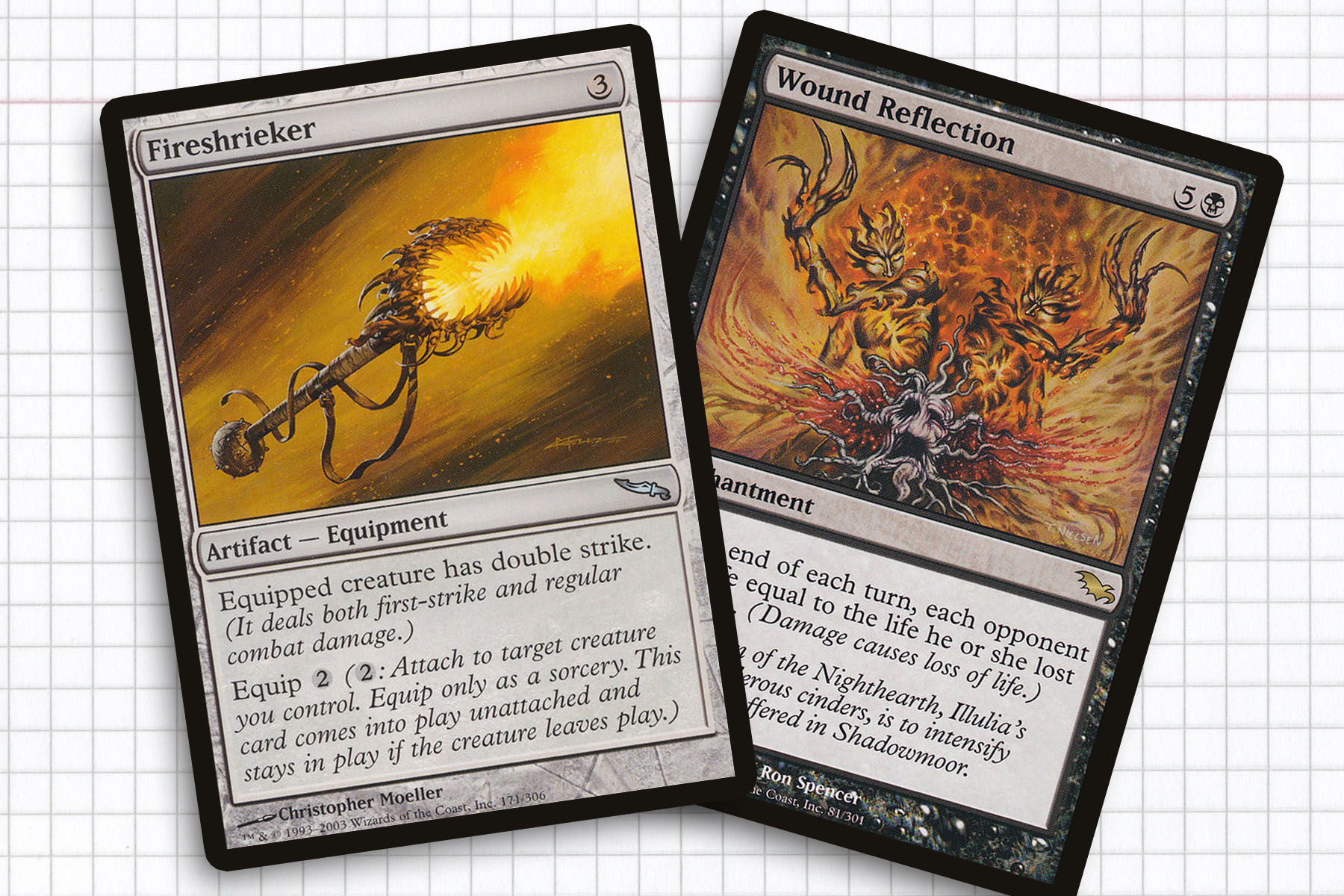Two years ago, I spent the month of December using our third visit to Ravnica as inspiration for a mini-series wherein I would build a deck around legendary creatures coming from each of the three blocks. An unintended consequence was that as I wrote about Niv-Mizzet, Teysa, and Izoni, I found myself theming each deck around where my life was at the time of each block. While I don’t want to imply that my readers should expect Innistrad Month in December 2021, I saw our return to Zendikar as the perfect jumping off point to do the whole month-long series all over again.
An added layer this time around is that I’m choosing to confine myself to the cards that would have been available at the time the block in question was printed. While that will not affect my Zendikar Rising installment; it does mean that today, I will not be going beyond Rise of the Eldrazi and next week, will be restricted to the status quo of Oath of the Gatewatch.
Going all the way back to 2010 also comes with the handicap of Wizard’s not including multicolored legendary creatures in the block, outside of Wrexial, the Risen Deep. That didn’t really affect my choice of general, Drana, Kalastria Bloodchief, but it certainly became apparent just how new vampires were as a characteristic race for black when Zendikar released.
Commander: Drana, Kalastria Bloodchief
Creatures: Ascendant Evincar, Butcher of Malakir, Child of Night, Dread, Fleshbag Marauder, Gatekeeper of Malakir, Malakir Bloodwitch, Midnight Banshee, Nirkana Revenant, Solemn Simulacrum, Vampire Hexmage, Vampire Nighthawk, Vampire Nocturnus
Artifacts: Armillary Sphere, Basilisk Collar, Blade of the Bloodchief, Darksteel Ingot, Everflowing Chalice, Fellwar Stone, Fireshrieker, Gauntlet of Power, Jet Medallion, Loxodon Warhammer, Mind Stone, Nevinyrral’s Disk, Rings of Brighthearth, Thran Dynamo, Wayfarer’s Bauble, Whispersilk Cloak
Enchantments: Bad Moon, Enslave, Grave Pact, Greed, Phyrexian Arena, Polluted Bonds, Vampiric Link, Wound Reflection
Planeswalkers: Liliana Vess, Sorin Markov
Instants: Cabal Ritual, Dark Banishing, Dark Ritual, Doom Blade, Imp’s Mischief, Rend Flesh, Skeletal Scrying, Snuff Out, Sudden Spoiling, Withering Boon
Sorceries: Ancient Craving, Ashes to Ashes, Beacon of Unrest, Beseech the Queen, Bubbling Muck, Damnation, Decree of Pain, Exhume, Night’s Whisper, Profane Command, Promise of Power, Reanimate, Sign in Blood
Lands: 26 Swamp, Barren Moor, Blasted Landscape, Bojuka Bog, Boseiju, Who Shelters All, Cabal Coffers, Ghost Quarter, Polluted Mire, Reliquary Tower, Shizo, Death’s Storehouse, Strip Mine, Tectonic Edge

Vintage Elder Dragon Highlander
Our first installment has us working with a card pool that predated the first Commander precon. Yet, sifting through the available card pool made me nostalgic for this time. In keeping with the world of Zendikar, coming back into Magic after being away for a few years felt like an adventure in its own right. My girlfriend at the time was very hesitant about me rediscovering Magic; she saw it as a poor use of time. She didn’t share my enthusiasm for uncovering hidden gems; and as a byproduct, I may have been hiding just how much time I was spending building decks or drafting.
Additionally, with college under my belt, concepts like card advantage and tempo were things I finally understood. I began to recognize powerful cards like Greed and Nevinyrral’s Disk for their potential, after not understanding the hype years before. Damnation, on the other hand, brought a smile to my face. The card has never fallen out of favor in Commander, but at the time, it and Decree of Pain were the most high-profile black removal you’d see in casual games.
The most 2010 card in the deck has to be Bad Moon, though. Today, I can’t imagine it seeing much play. At the time though, anyone looking to play a creature-centric black deck was going to find space for it and Ascendant Evincar. While both of these cards feed our general, they also play into the large theme of the deck: vampire tribal.

Vampires, an Eternal Struggle
Drana, Kalastria Bloodchief can win games pretty easily on her own. In casual formats, Drana is a finisher that has removal built into her, which put her on my radar even before I knew about Commander. Butcher of Malakir and Malakir Bloodwitch highlight the powerful vampire tribal cards in original Zendikar, so naturally I built a tribal deck.
I have always gravitated to tribal decks, even when they were not that good—but I stayed away from vampires. Each color has an iconic creature type, representative of everything the color embodies. Underneath iconic creatures are the characteristic creatures, showing up in most sets at all rarities. In 2009, vampires joined zombies as the characteristic race for black. As a by-product, vampires were not that good as a tribe yet.
These shortcomings don’t affect this deck too much within the contextual restrictions. For the time, Nirkana Revenant, Vampire Nocturnus, and Butcher of Malakir all help to support the tribe in a synergistic sense, as opposed to being combat-focused. Combined with reanimation themes, the vampires included in this deck act as threats that need to be answered, opening a path for Drana’s purpose as a finisher.

The Top Bloodchief
Drana can be very powerful, because no one will properly know how to react and anticipate what we’re doing. While I have to imagine a Drana deck built now would choose more optimized tools, this deck is built around her pretty well to remove threats either through her or direct removal to enable her to actually threaten death by commander damage.
Lifegain can be rather overrated, but here it serves as a nice way to keep us afloat if we end up in the crosshairs of the rest of the table. Additionally, we’re obviously going to want to give her weapons that can take advantage of her heightened power. In addition to Drana naturally having flying, Basilisk Collar, Fireshrieker, and Loxodon Warhammer will do just that. Follow up a big combat step with Wound Reflection and we just might score ourselves a win.
One of the make or break elements for Drana is her activated ability, which is going to require us getting most out of our mana to shrink the toughness of creatures rapidly and bolster our general’s power. We are currently restricted to Bubbling Muck, Gauntlet of Power, and Nirkana Revenant as our mana doublers. But with Liliana Vess, Beseech the Queen, and the card draw we have at our disposal, we can reliably have one in play by the end game. What we’re left with is a classic Commander deck that I believe could still stand up against the likes of today’s Commander decks.
A lot of writers have spilled digital ink writing about the power creep of Commander in the last few years, and I think that criticism’s absolutely warranted. But it’s equally important to lead by example and make older generals cool again. Even if you’re not building to a budget, finding restrictions like the one I built Drana around today can make for a more diverse metagame and create more chances to recapture the feeling of discovery the format had before every color combination had eighty staples. Next time, we leap forward to 2015. I haven’t yet narrowed down which general I want to muse on and what lens on my life or Magic that will observe. But I have faith that it’s going to be a fun and introspective journey.
Ryan Sainio is a Graphic Designer who writes about EDH and the EDH community. He has been playing Magic: The Gathering since 7th Edition in 2002 and values flavorful and fun gameplay over competitively optimized decks.

